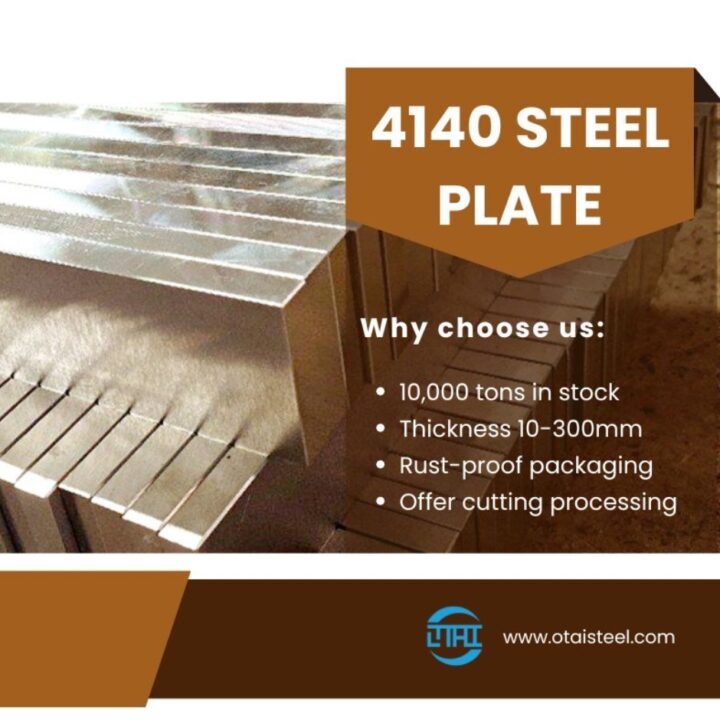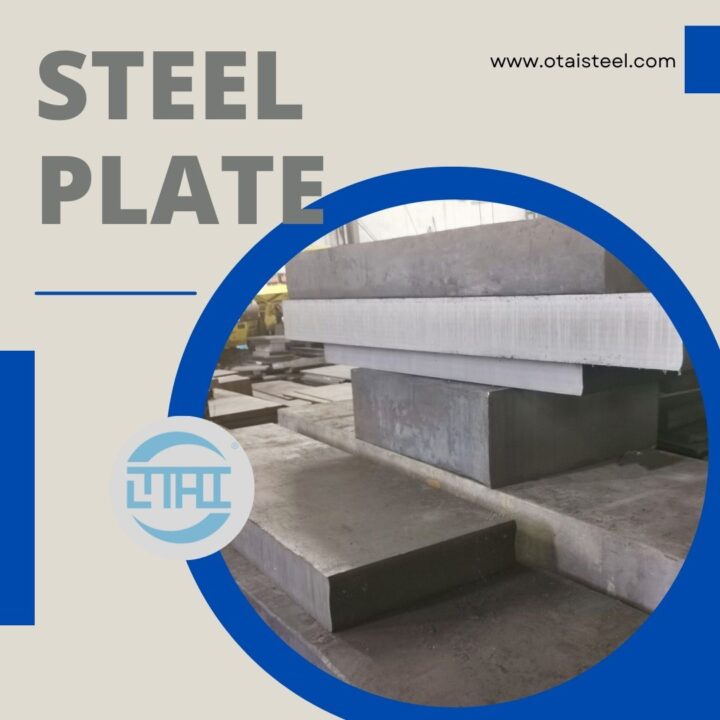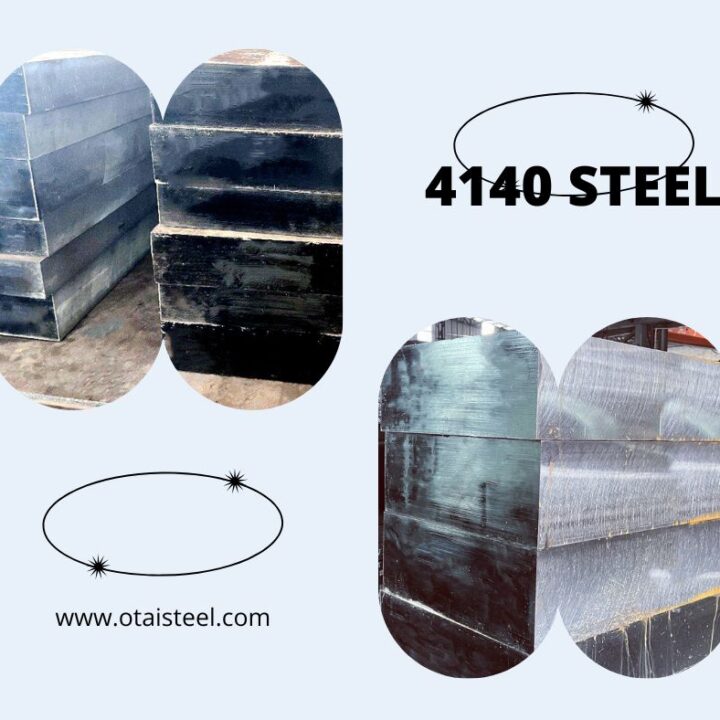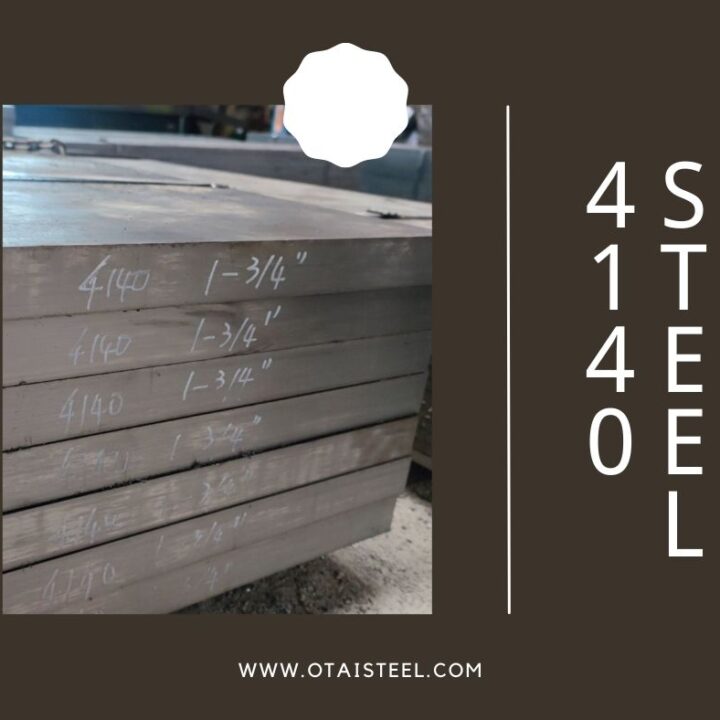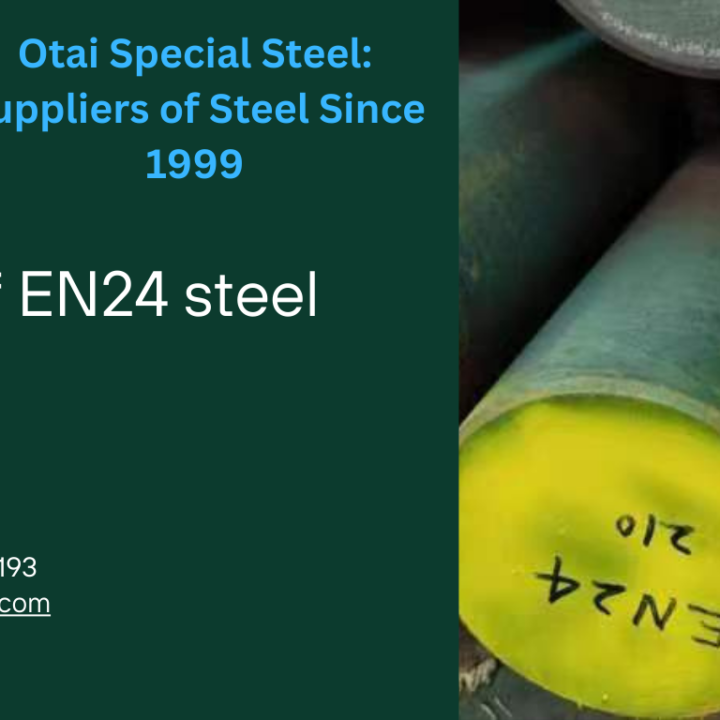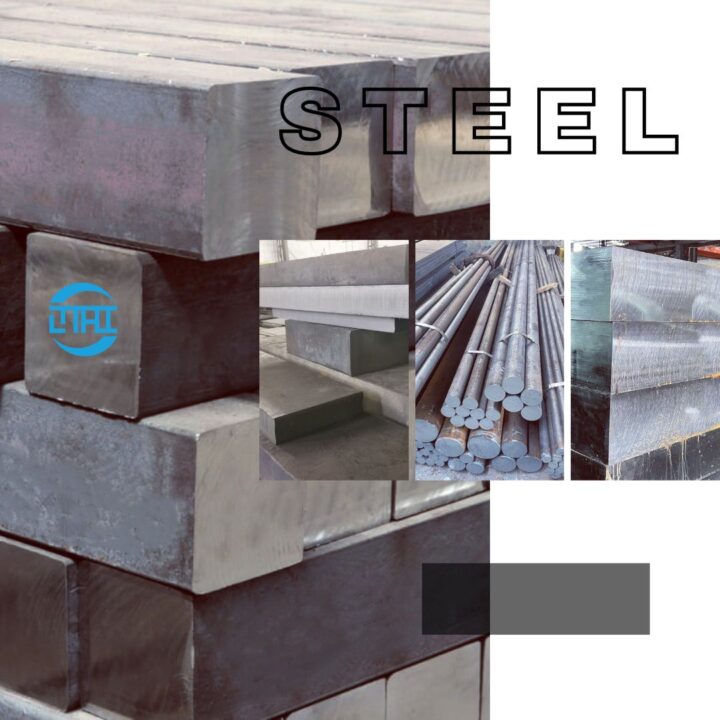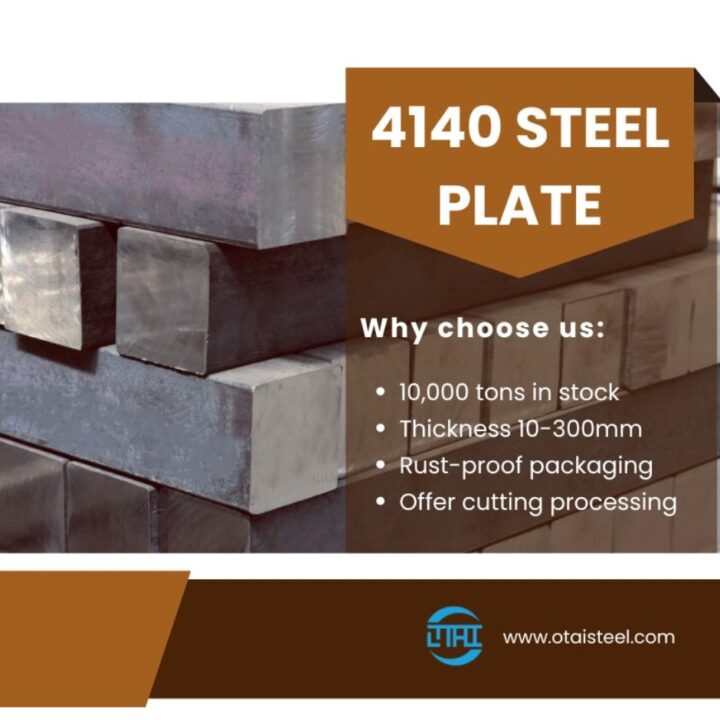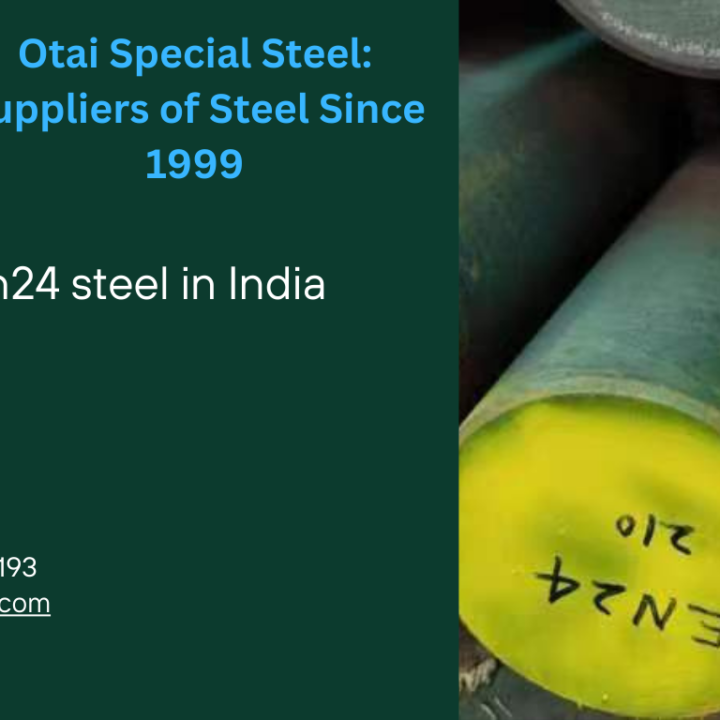In the realm of steel, one of the most sought-after aspects is understanding equivalent grades. The ability to decipher these codes is like having a universal key to a treasure chest of high-quality steel. Today, we embark on a journey to decode the equivalent grades of EN24 steel, a versatile and high-strength alloy. Whether you’re an engineer, a manufacturer, or simply curious about the world of steel, this guide will open doors to new possibilities.
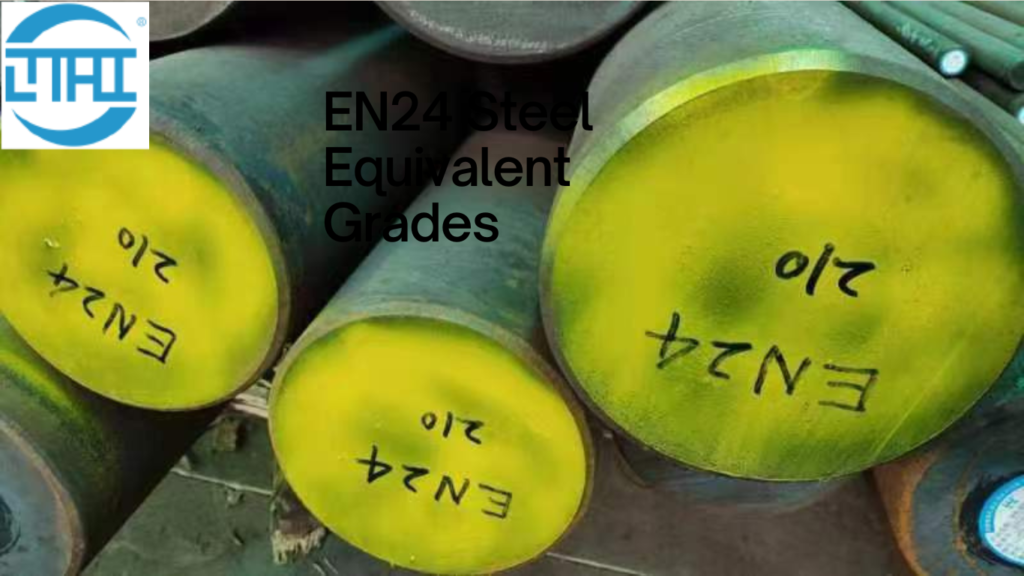 Unveiling the Enigma: EN24 Steel
Unveiling the Enigma: EN24 Steel
Before we dive into the world of equivalent grades, it’s crucial to grasp the essence of EN24 steel. EN24, also known as 817M40 or 1.6582, is a formidable alloy that boasts a combination of nickel, chromium, and molybdenum. These elements weave together to create a steel variant with exceptional mechanical properties, making it a go-to choice for various applications.
The Magic of Equivalent Grades
Equivalent grades serve as a lingua franca in the steel universe. They bridge the gap between different international standards, ensuring that steel materials from around the world can be compared and interchanged seamlessly. In the case of EN24 steel, understanding its equivalent grades is like having a passport to the global steel market.
Deciphering EN24 Steel Equivalent Grades
Now, let’s unravel the mystery and explore the equivalent grades of EN24 steel in different international standards:
- AISI 4340: In the United States, EN24 steel aligns with AISI 4340. This means that the material properties of EN24 closely mirror those of AISI 4340, making it compatible with American projects.
- DIN 34CrNiMo6: Across the Atlantic in Europe, EN24 steel corresponds to DIN 34CrNiMo6. This equivalence streamlines the use of EN24 in European applications.
- UNI 35NiCrMo16: In Italy, EN24 is synonymous with UNI 35NiCrMo16. This harmonization ensures consistent material specifications for Italian industries.
- JIS SNCM447: Japan recognizes EN24 steel as JIS SNCM447, making it accessible for Japanese applications.
- BS 817M40: In the United Kingdom, EN24 steel is also known as BS 817M40, aligning its properties with British standards.
The Real-World Impact
Understanding EN24 steel equivalent grades isn’t just an academic exercise; it has real-world implications:
- Global Sourcing: When sourcing materials for projects, especially those spanning international borders, knowledge of equivalent grades ensures you receive the right material, no matter where you are.
- Interchangeability: With equivalent grades in your toolkit, you can use the same material across different projects without worrying about performance discrepancies.
- Quality Assurance: Knowledge of equivalent grades empowers you to maintain the desired quality and properties in your applications.
Conclusion
In the world of steel, understanding EN24 steel equivalent grades is akin to speaking a universal language. It opens doors to global opportunities and ensures that the right material lands in the right hands, no matter where your project takes you. Whether you’re an engineer designing the next aerospace marvel, a manufacturer crafting precision components, or simply someone intrigued by the wonders of steel, this knowledge empowers you to unlock the full potential of EN24 steel. It’s time to master the art of equivalent grades and embrace a world of endless possibilities.
